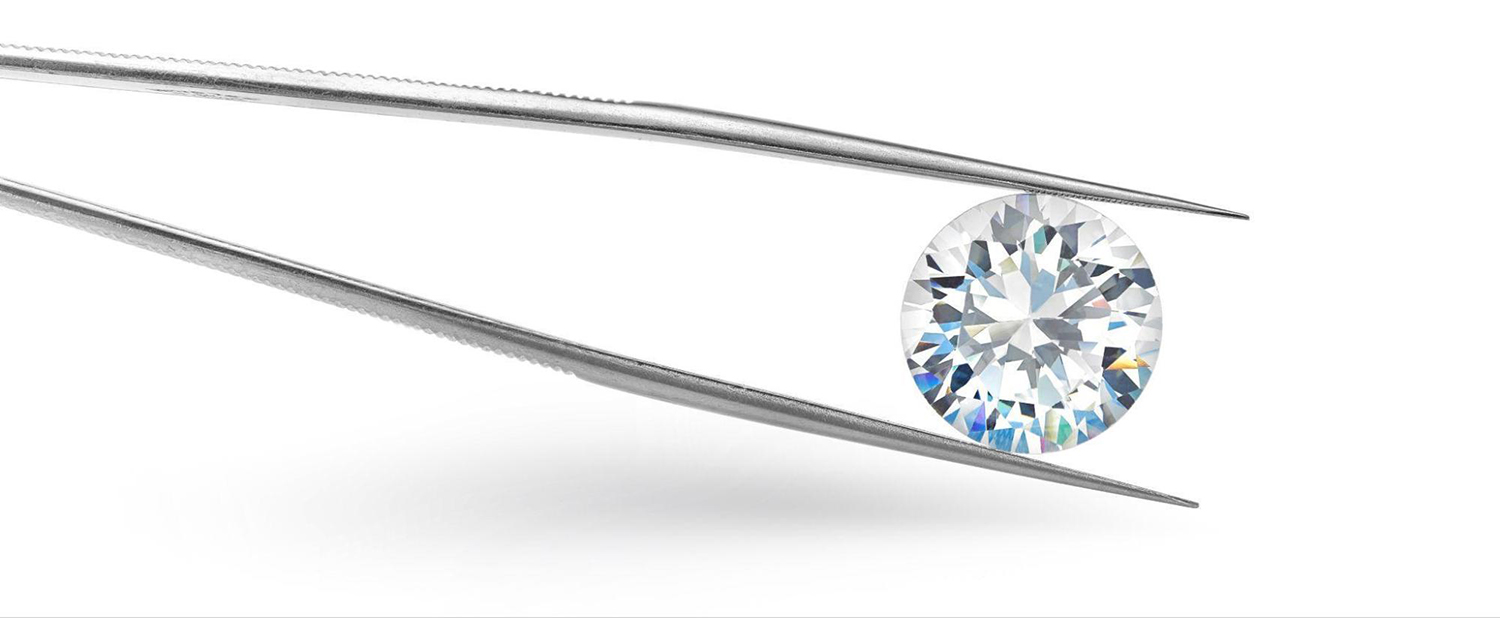A diamond is singular as the person who wears it. There are no two alike in the world and each has their own unique characteristics. When it comes to choosing a diamond, you want one which reflects exactly who you are and your distinctive story. If you’re not sure where to begin, we recommend starting with the 4 C’s. Cut, color, clarity and carats are the criteria that every diamond in the world is evaluated on. They were established by the Gemological Institute of America (GIA) in the 1940’s. Since then, they’ve reigned as the worldwide diamond evaluation standard. By understanding these features, you can choose the diamond that fits your setting, price point and one-of-a-kind personality.
Cut
Many believe that cut is the most important of the 4 C’s because it has the biggest impact on the diamond’s appearance. Some think it refers to the shape of the diamond, such as round, pear, princess and oval. However, it actually describes how the diamond is proportioned and faceted, creating the ideal symmetry to reflect the maximum amount of light. In short, the cut determines how light flows through the diamond, creating sparkle and shine. According to the GIA grading system, the cut is rated as Excellent, Very Good, Good, Fair, and Poor. We recommend sticking with an Excellent to Very Good range to reveal the full radiance of your diamond.
Color
Color is the second most important C and actually refers to the lack of color in a diamond. Diamonds naturally come in a variety of colors including gray, white, yellow, green, brown and pink. But the highest quality and rarest diamonds are colorless, making them almost icy in appearance. GIA values color on a scale of D (colorless) to Z (light yellow or brown). D, E, F graded diamonds will cost more than diamonds lower on the scale, such as K diamonds, which have a faint color. A little color isn’t always a bad thing. For instance, diamond color is affected by different settings and metals. A diamond with a K rating may not be as rare or high quality as a D or even an F, but it may pair beautifully with a yellow gold solitaire setting. Diamonds with a lower rating will also cost less.
Clarity
Clarity refers to how natural imperfections in the diamond are evaluated. Surface flaws are known as “blemishes” while internal defects are called ‘Inclusions”. Diamonds with the smallest amount of inclusions receive the highest clarity grades, making them more expensive. But diamonds are unique, not perfect. Natural diamonds are born in the depths of the earth’s crust under high pressure and temperature. This means that inclusions and blemishes will inevitably occur. In fact, less than 1 percent of all diamonds are categorized as “flawless”, because it’s rare to find a diamond free of inclusions.
Carat
The term carat is often misunderstood. It refers to the diamond’s actual weight, not size. The word carat comes from “carob” seed, the original unit of weight used by diamond traders. Today a carat weighs about as much as a paperclip. When it comes to carat, two diamonds of equal carat weight might have different cost depending on cut, color and clarity.
Discover Your Dazzling Diamond at King’s Jewelry
If you’re looking for a diamond to shine as brilliantly as you do, we’re here to assist you in finding the perfect gemstone. At King’s Jewelry, we have an incredible selection of diamonds for you to choose from. Check out our handy
diamond search tool to get started. And remember if you have any questions, don’t hesitate to
contact us today.

